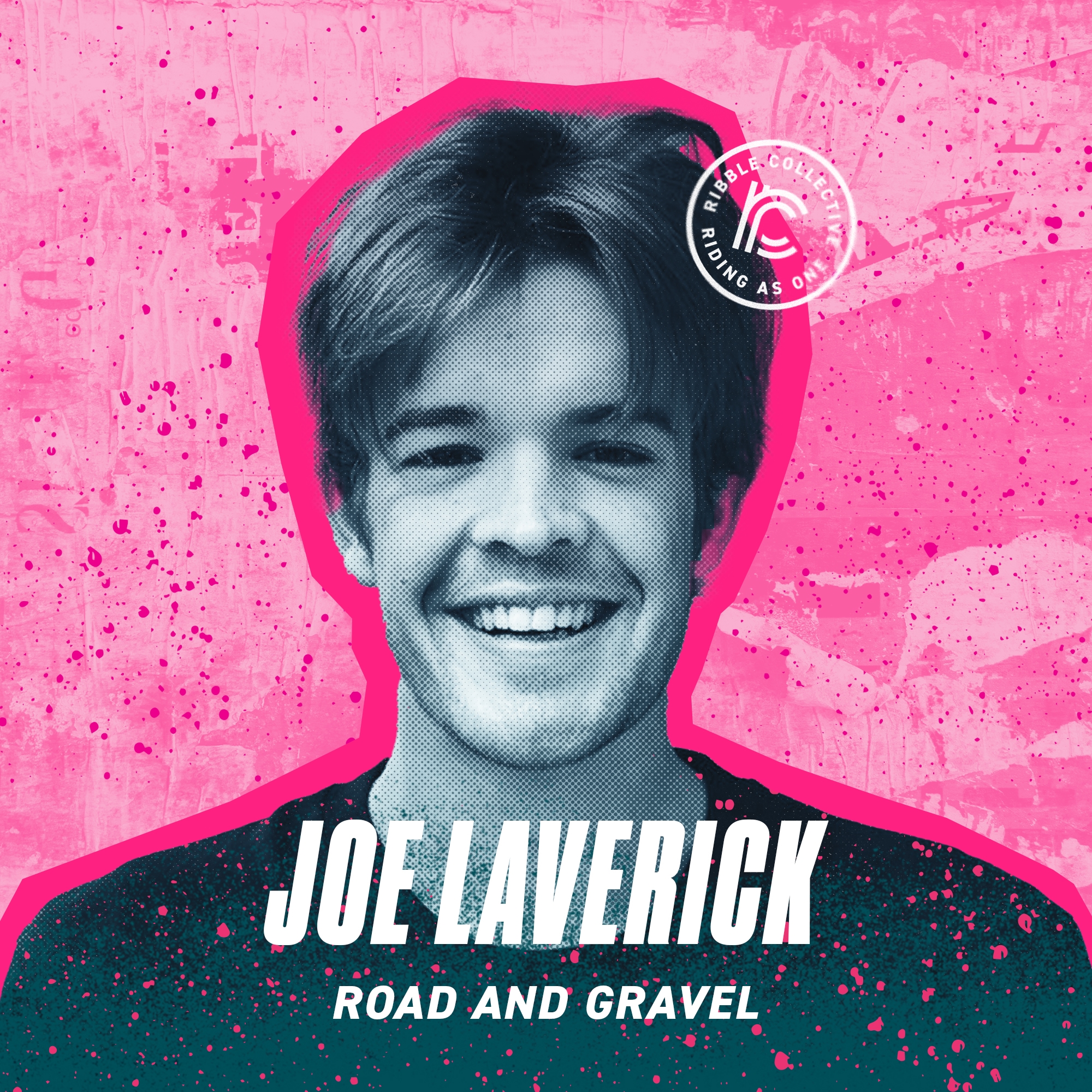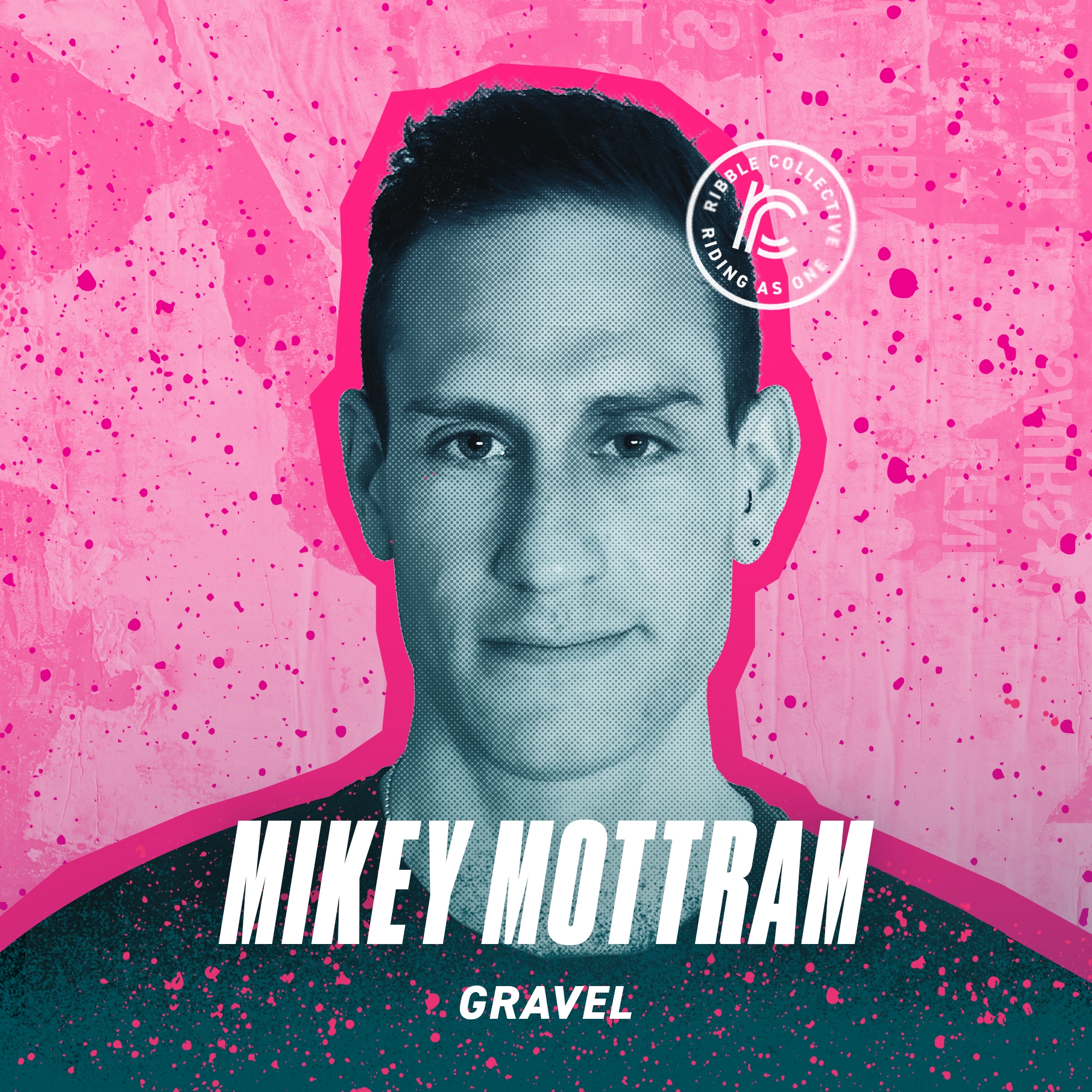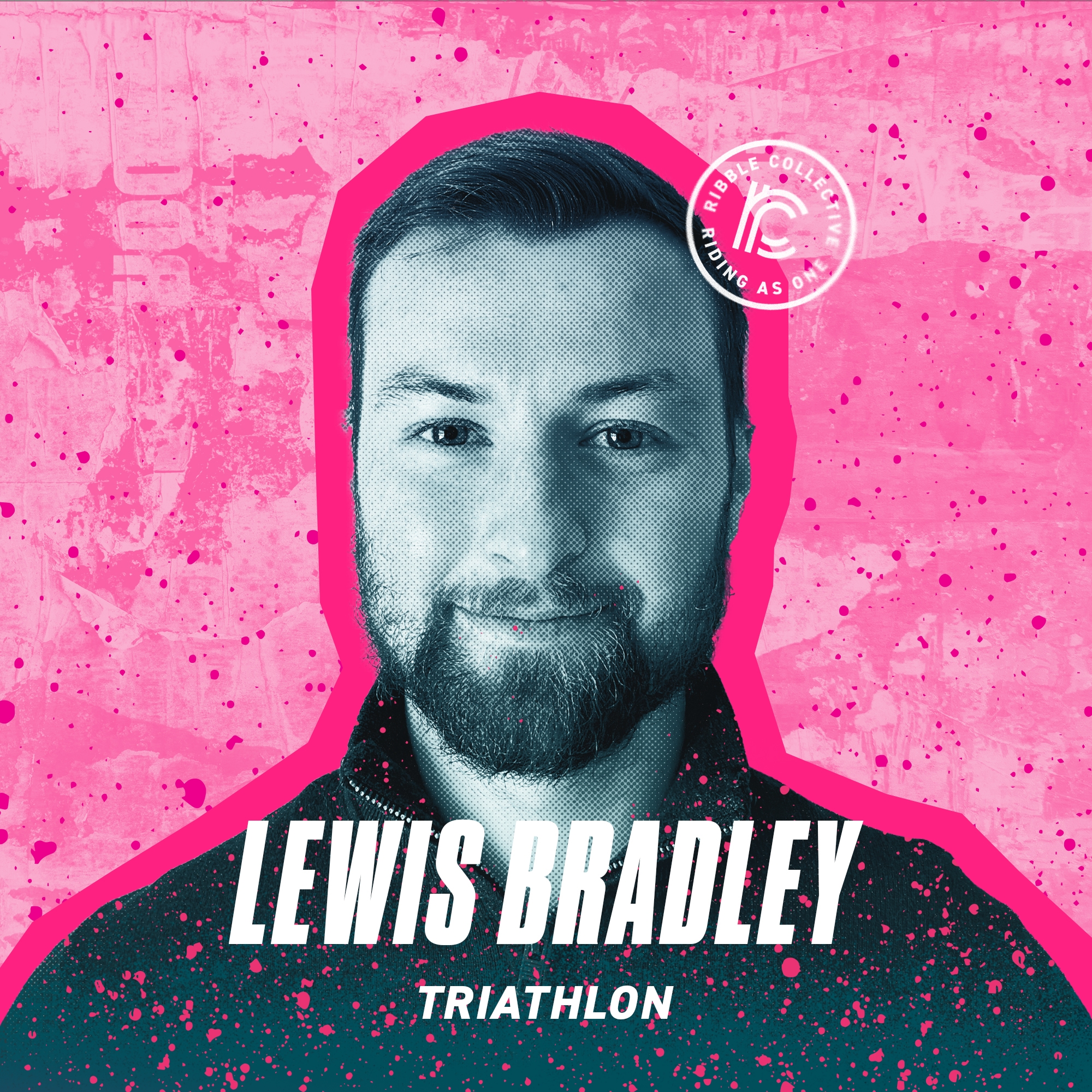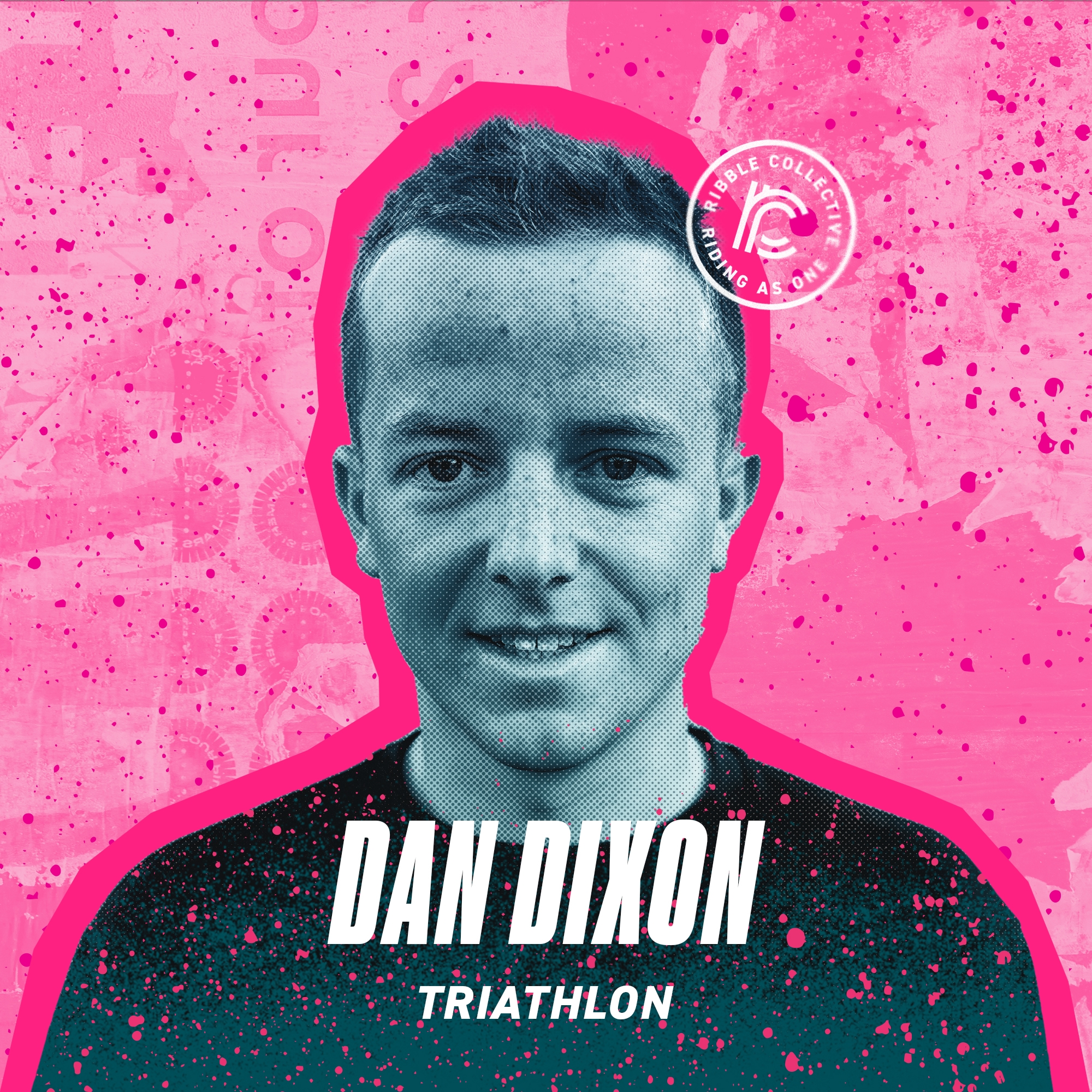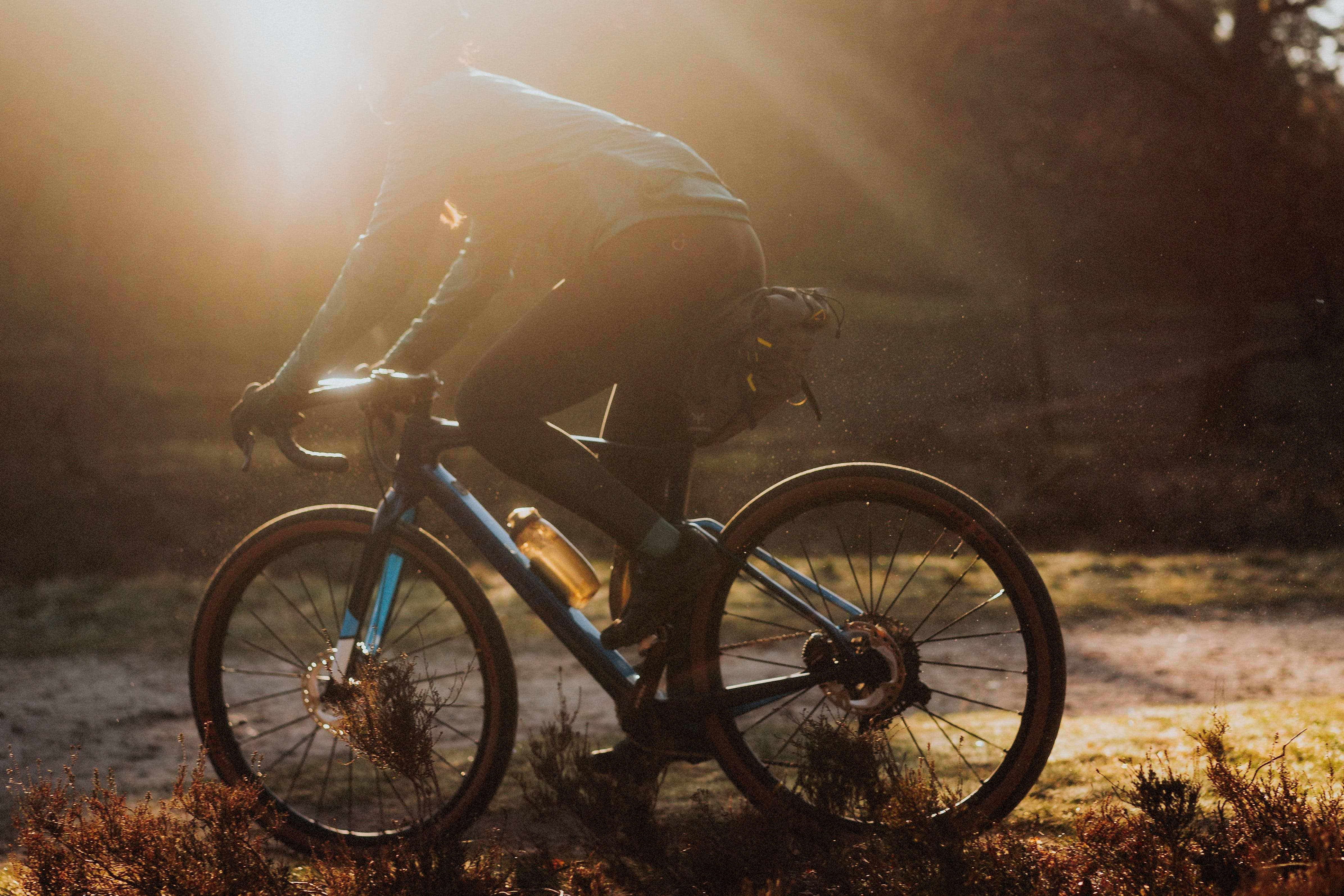When it comes to putting in the big miles, the Ribble Collective riders are the experts. So, who better to share the top tips they regard as the keystones to success for longer rides?
Ask anyone who's ever ridden 100+ miles in one go what they did wrong the first time around, and they may very well recite a litany of things they could have done better. The old adage, fail to prepare - prepare to fail has never been more appropriate in such instances. Because when it comes to long-distance cycling, preparation is everything. The right food, hydration, and kit can make or break your ride. The Ribble Collective knows something about going the distance. Their ranks consist of gravel racers and triathletes who go to extreme lengths to ensure their bodies reach peak physical condition in time for a particular event. So, who better qualified to provide advice on how to ensure your long-distance rides go off without a hitch?
We asked the Collective to provide their top three recommendations for long-haul rides. Here are the results.
Eat right
Nutrition is super-critical to your training and racing performance but arguably becomes most important for long-distance riding. Eat too little, and you will bonk and won't stand a chance of getting to the finish. However, eating the wrong things could have dire consequences, potentially leaving you stranded in a bush out in the middle of nowhere! I have a few top tips for getting this right.
- Choose a huge variety of different flavours and textures; this will stop you getting flavour fatigue and will always mean you have something to reach for.
- Keep it natural. Forget about ultra-processed ingredients you cannot pronounce or recognise. Examples include maltodextrin as well as artificial and natural flavourings. The amount of times I have seen athletes struggling with stomach cramps or digestive issues is no surprise, especially when you examine the ingredients list on the back of many energy products and supplements.
Stay hydrated.
Eating enough is only one part of the overall picture; staying hydrated is also crucial. When you exercise, you sweat and lose valuable electrolytes. So, you want to take these back on board, as the minerals found within electrolytes are essential for various bodily functions such as heartbeat regulation and oxygen delivery to cells. There are three main types of electrolytes: hypotonic, hypertonic, and isotonic. Hypotonic electrolyte drinks have a lower concentration of carbohydrates and salt than blood. This means they are absorbed into the bloodstream at a faster rate for quick hydration and electrolyte release.
Hypertonic drinks, often referred to as super carbs drinks, provide the highest dose of carbohydrates (>8%) of all energy drinks. The problem this provides is they have the slowest absorption rate. Hypertonic drinks can also cause dehydration as the body has to move water from the bloodstream into the intestine to dilute the fluids before it can absorb them, which is not ideal for ultra athletes who want to focus on staying hydrated.
Trust your bike set up.
If you want something comfy and reliable when riding for hours, I always choose a Ribble. From multiple 10+ hour days out in the saddle, never without a problem, the Ribbles have always stood up to the challenge and are as trustworthy as they come. Personally, I would always opt for something less aggressive and more comfortable. For instance, I find the Endurance range better suited for riding long distances than an Ultra.
- Give your bike a once-over before you set off. Is it safe to ride? Do the brake pads need replacing? Is a new chain required? It's far easier and more convenient to replace them before your ride rather than being left calling for help in the middle of nowhere.
- Go for a robust pair of tyres. They may be slower and heavier but if they save you the hassle of fixing a puncture then you will forever be thankful.
- Make sure you have ridden the bike before. DO NOT attempt your first 200km ride on a brand new bike as you’re simply inviting problems. Make sure you feel confident and comfortable on the bike and ensure the saddle and handlebars are set to the correct height/angle before venturing out.
- Choose your kit wisely. Without a comfy set of bib shorts and jersey, you’re in for a very long and potentially uncomfortable day out. Similarly to my point above, ensure you have tested your kit out on rides before the big day so that it fits and is comfy. Extra precautions include using chamois cream and taking extra if you need to top up halfway around. Mother Nature can also be very unpredictable, especially in the UK, so ensure you carry a waterproof jacket/cape and various layers so you can take them on and off when needed. A good set of arm and leg warmers is worth their weight in gold. They keep you toasty warm at the start of the ride, and you can easily remove and stash them if you start to overheat.
And finally, the list of essentials I recommend you take on every long distance ride:
- Plenty of inner tubes and spare patches.
- Headphones (preferably the bone conductor type, so that you remain aware of your surroundings).
- More food than you could possibly imagine, as well as extra electrolytes.
- Spare chain lube.
- A waterproof and interchangeable layers such as arm/leg/knee warmers etc.
- A quality navigation device with a trustworthy mapping system.
Nutrition
Just like a car, you need to be fuelled. If you’re planning to ride longer than ever before bring something that’ll combat flavour fatigue. Almost eight hours into Unbound I couldn’t stand anything sweet, and it took some beef jerky from my pit crew to get me going again!
Music
A good playlist saved me at Unbound. However, you never really know what sort of music you’ll want, so download a bit of everything!
Embrace the dark moments
Everyone reaches that point where they want to get off the bike or it all seems too much. Embrace it; the low is usually followed by an incredible high.
Get up and get out there early
Make the most of the crisp summer mornings and the refreshingly quiet roads/trails.
Plan your route
It may sound a bit of an obvious one, but make sure you know where you're going and allow for a bit of extra 'faff' time in case of punctures or a rest stop.
Take a battery bank with you
You don't want to be stuck on a long ride without access to navigation aids or your favourite podcasts.
Stay Hydrated
Keeping hydrated is the crucial element for successful longer rides. Mixing electrolytes and carbs in water bottles will significantly improve your ride and lower the risk of cramping/bonking before the end. Mixing your hydration and solids will help you achieve your full potential for that day and enjoy the whole journey.
Using your GPS to help your journey
Many riders never fully maximise their GPS to assist them with their longer rides. Using your GPS for maps and climbs and looking at your average heart rate and cadence will help you gain more control of your ride while ensuring you don't get carried away in the first few hours!
Don't underestimate sunscreen
Many cyclists use long rides to top up their cycling tan lines. The sun dehydrates you significantly and causes long-term skin damage that can turn cancerous. Taking a small bottle of sun cream will help you not only on your long ride but also in the future.
Moralibo aka Haribo
Always carry your favourite snacks to pick you up when the miles seem long.
Plan those Cafe stops in
Because everyone needs cake. But I also find that cafe stops or even supermarkets can help mentally break up the rides into smaller sections. E.g. If you’re planning to stop twice, think of it as three mini rides instead of one big long one.
Check the forecast and prepare accordingly
If the weather gods look like they may sprinkle you with rain, even if it's a low-percentage chance, take a waterproof just in case. It's no fun cycling in wet gear. Similarly, with Factor 50… when the sun makes its rare appearance in the UK in the summer, it can catch you out, so pop on some sun cream just in case.
Dan Dixon
Plan & Pace
- Plan Your Route: Know where you're going and where you'll take breaks.
- Start Slow: Keep a steady pace and use a cycling app to track your ride.
- Take Breaks: Short, regular stops to rest, hydrate, and snack.
Fuel Up
- Before: Eat a good carb-heavy meal a few hours before.
- During: Snack every 30-60 minutes and drink water regularly.
- After: Refuel with protein and carbs within an hour of finishing.
Gear Up
- Check Your Bike: Make sure everything's working—tyres, brakes, chain, gears.
- Wear Comfy Gear: Padded shorts, a breathable jersey, good shoes, gloves, and a helmet.
- Pack Extra Kit: Bring a repair kit and some cash or bank card, in case you need to refresh your supplies.
Serious about cycling but struggle to make time for training? Semi-pro cyclist Amelia Mitchell shares her essential tips for how to cram your training into a hectic work schedule.
Got some races planned but are unsure how best to prepare? Check out our comprehensive training guide where we breakdown into bitesize pieces.

